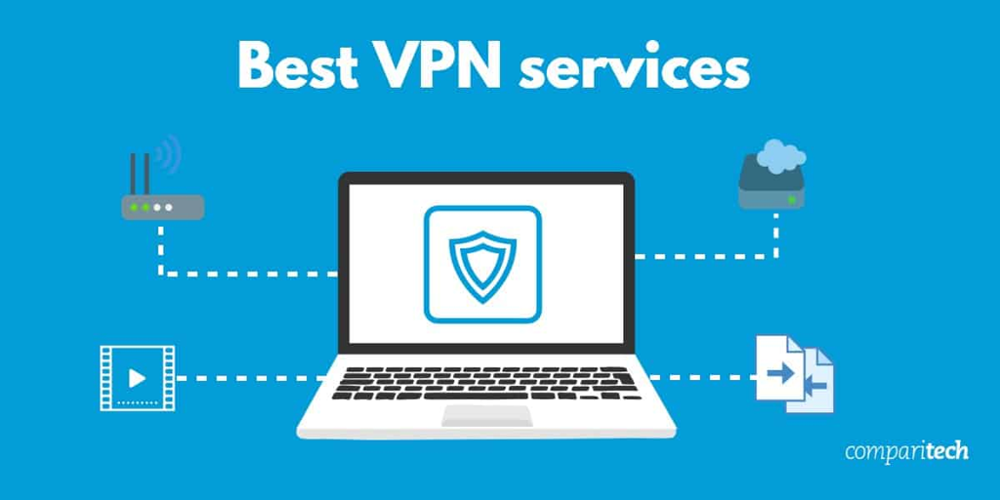Financial Literacy for Kids: A Parent and Educator’s Guide

Raising a successful entrepreneur starts long before a child opens their first business or earns their first dollar. One of the most vital foundations is financial literacy for kids. Understanding how to manage money responsibly from an early age can equip children with the skills and confidence they need to make sound financial decisions and thrive in the future.
However, teaching financial literacy isn’t always straightforward. It requires planning, creativity, and dedication from parents and educators alike. This guide explores what financial literacy entails and offers practical strategies, examples, and resources to help young minds develop strong money skills.
What is Financial Literacy?
At its core, financial literacy is the ability to understand, manage, and make informed decisions about money. It involves a broad range of topics, including budgeting, saving, investing, banking, credit management, taxes, and planning for the future. By learning these skills early, children gain the knowledge and confidence to make smart choices, avoid common pitfalls, and take control of their financial futures.
Definition of Financial Literacy
Financial literacy means having the skills and knowledge to make decisions that help achieve short-term goals while also planning for long-term success. This includes:
-
Creating and following a budget
-
Saving for emergencies, big purchases, or future education
-
Understanding investing basics
-
Using banking tools responsibly, including accounts and loans
-
Managing debt through credit cards or mortgages
-
Complying with tax obligations
By understanding these concepts early, children build a foundation for independence, security, and financial well-being.
Benefits of Financial Literacy
Teaching financial literacy to children provides many advantages, including:
-
Reduced stress: Children grow up feeling confident in handling money
-
Improved decision-making: They learn to prioritise spending and saving
-
Greater opportunities: Financial literacy opens doors for investments and business ventures
-
Debt prevention: Understanding credit and borrowing reduces the risk of financial mistakes
-
Independence and control: Kids learn to manage their finances without overreliance on others
-
Long-term security: Skills acquired early ensure preparation for unexpected expenses and future goals
Studies have shown that children who develop financial skills early are more likely to be successful adults with better career and entrepreneurial outcomes.
Types of Financial Literacy
Financial literacy can be understood in three progressive levels:
-
Basic Financial Education (BFE): Covers simple concepts such as budgeting, saving, and understanding money value
-
Intermediate Level (IL): Focuses on goal-setting, saving for specific milestones, and basic investing
-
Advanced Level (AL): Includes complex topics like tax optimisation, estate planning, and long-term investment strategies
By mastering all three levels, children gain a comprehensive understanding of money management that prepares them for future success.
Teaching Financial Literacy to Kids
Introducing financial literacy to children is essential for preparing them for adulthood and future entrepreneurship. Here’s how parents and educators can make learning engaging and age-appropriate.
Age-Appropriate Strategies
-
Young children (5–10 years): Introduce basic concepts like saving, spending, and differentiating between needs and wants. Use jars, visual charts, and simple money games.
-
Tweens (11–13 years): Teach goal-setting, budgeting, and the basics of earning money through chores or small entrepreneurial ventures.
-
Teens (14–18 years): Explore credit scores, banking, investing, taxes, and the digital economy. Encourage them to manage part-time job income or online business profits.
Engaging Kids in Learning About Money
-
Storytelling and role-play: Use scenarios where they make financial decisions and see outcomes
-
Real-life examples: Involve them in family budgeting, savings targets, or investment discussions
-
Rewards and competitions: Create incentives for hitting savings goals or making wise spending choices
-
Digital tools and apps: Use kid-friendly financial apps that simulate real-world money management
Through these methods, children gain practical experience and develop habits that will serve them well into adulthood.
Core Components of Financial Literacy for Kids
1. Budgeting
Budgeting teaches children to track money, prioritise needs, and plan for expenses. Even a small allowance can help them learn to manage money responsibly.
2. Saving
Saving instils patience and planning. Introduce short-term goals like toys, medium-term goals like gadgets, and long-term goals such as a car or study fund.
3. Investing
Simple investing lessons, such as understanding how money grows over time or learning about stocks, can help kids see the benefits of putting money to work.
4. Credit Management
Teach older children how credit works, the importance of paying off balances on time, and how borrowing responsibly avoids debt traps.
5. Financial Planning
Encourage children to think ahead. Guide them on setting realistic goals, considering potential expenses, and developing a roadmap to achieve their financial objectives.
Practical Ways to Encourage Financial Literacy
-
Provide pocket money: Let children manage small sums to learn decision-making and responsibility
-
Use financial education apps: Digital tools like games and challenges make learning interactive and fun
-
Teach budgeting through allowances or chores: Give children the autonomy to allocate money for spending, saving, and giving
-
Set savings goals: Help them create visual trackers to see progress and celebrate milestones
-
Encourage earning opportunities: From babysitting to online ventures, earning teaches work ethic and value of money
-
Discuss common financial mistakes: Teach the importance of not overspending, saving for the future, understanding debt, and recognising scams
Integrating Learning into Daily Life
Financial literacy for kids works best when embedded in real-world experiences. For example, discuss spending decisions while grocery shopping, plan savings for holidays, or simulate investment decisions through small-scale experiments. Incorporating these lessons into everyday life makes money concepts tangible and meaningful.
Why Parents and Educators Are Key
A Parent and Educator’s Guide to Building Financial Literacy in Kids emphasises that early intervention is vital. Children who learn money management at home or in school are better prepared for adulthood. By providing guidance, creating opportunities to practise financial decisions, and offering educational resources, adults can help children develop confidence and skills that last a lifetime.
Flareschool programs can complement learning at home by offering structured financial lessons, interactive activities, and workshops tailored to children’s age and understanding.
Conclusion
Financial literacy for kids is more than just teaching them to count money. It’s about equipping children with the knowledge, skills, and confidence to make informed financial decisions, avoid pitfalls, and pursue entrepreneurial dreams. By using age-appropriate strategies, engaging activities, and practical examples, parents and educators can help children develop a lifelong understanding of money management.
Empowering the next generation of Kidpreneurs starts with providing them access to financial resources, hands-on learning opportunities, and guidance. By nurturing these skills, we ensure our children grow into responsible, capable, and financially savvy adults.
FAQs
1. How do I teach my child financial literacy?
Introduce basic concepts like earning, spending, and saving. Use allowances, chores, or part-time jobs to provide real-life practice.
2. What is financial literacy explained to kids?
It is the ability to understand and use money wisely, including budgeting, saving, investing, borrowing, and managing debt.
3. At what age should children start learning about money?
Financial literacy can start as early as five years old with simple concepts like saving, needs versus wants, and spending.
4. What tools can help children learn money management?
Kid-friendly apps, games, pocket money systems, charts, and educational workshops provide engaging ways to learn.
5. How can parents make financial learning fun?
Use storytelling, role-play, rewards for meeting goals, and real-life examples to teach concepts in an interactive way.





